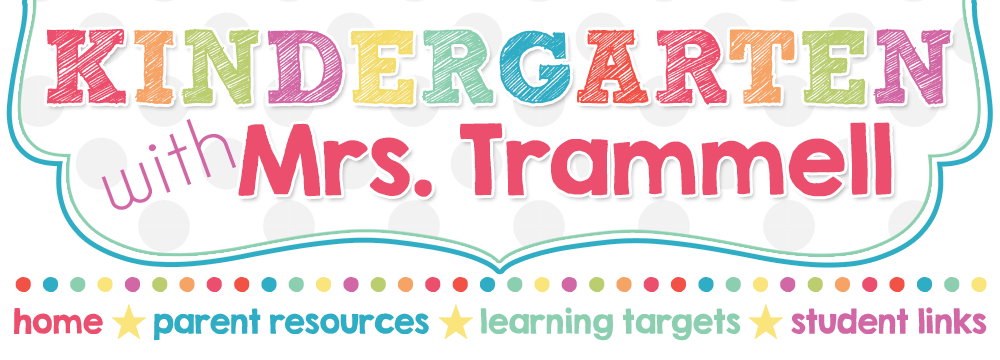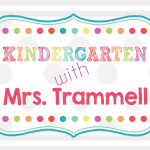This morning we learned that writers share their stories. Writers share their stories to get feedback from readers. When we worked on sharing our stories, we listened to feedback.
Today's feedback focused on something the reader liked. Some of the responses I heard were
I like your idea.
I like how you connected me to your story.
I like how you used more than one color in your picture.
I like how you tried to spell your words.
I like how your story seemed real.
I like how the picture looks nice and neat.
I like how you used finger spaces. I can see your words better.
I like how you drew your picture.
I was impressed with the feedback given! We're not finished with sharing and giving feedback. Up next we'll discuss what readers would like to see in a story.
Monday, September 29, 2014
Ask Your Child . . .
Ask your child about needs and wants. What is something you need? What is something you want?What is something a family needs? What is something a family wants? What is something your body needs? What might your body want?
Ask your child about his or her favorite foods. Which of the foods are healthy? Do we need or want healthy foods? Why do we need healthy foods?
What foods can go together to make a meal? How do you know you are hungry?
Need, want, food, healthy, hungry, and meal were the vocabulary words for the past week.
Ask your child which word is longer when you give him or her two words. For example: which is longer--sunshine or cat? Sunshine! (I'm introducing syllables)
Also, ask your child to think of words that begin with p. See how long a list he or she can make.
Ask your child about his or her favorite foods. Which of the foods are healthy? Do we need or want healthy foods? Why do we need healthy foods?
What foods can go together to make a meal? How do you know you are hungry?
Need, want, food, healthy, hungry, and meal were the vocabulary words for the past week.
Ask your child which word is longer when you give him or her two words. For example: which is longer--sunshine or cat? Sunshine! (I'm introducing syllables)
Also, ask your child to think of words that begin with p. See how long a list he or she can make.
Sight Words
Part of learning how to read is learning some high-frequency words. We want to know these words by sight, not by sounding them out. That's why we call them sight words!
Check out some of the activities we've done to help us learn and use our sight words.
Sight words that we've worked on so far: a, is, my, has, see, of, the, said.
Stay tuned for more sight word work!
Check out some of the activities we've done to help us learn and use our sight words.
In the fall, the leaves fall off the trees.
See my scarecrow? He is scary.
See the fox. The fox is red.
See the pig. The pig is pink.
See the pig. The pig is pink.
Sight words that we've worked on so far: a, is, my, has, see, of, the, said.
Stay tuned for more sight word work!
Saturday, September 27, 2014
Do You See . . .
Do you see an idea taking shape?
Do you see a story in the picture?
Do you see words that go along with the picture?
Do you see words separated by spaces?
Do you see writers?
Do you see a story in the picture?
Do you see words that go along with the picture?
Do you see words separated by spaces?
Do you see writers?
Thursday, September 25, 2014
A is for Apple
Scientists observe . . .
We learned that scientists observe through their five senses. We looked at apples, we smelled apples, we felt apples, and we listened to apples. We even tasted apples!
We recorded all of our observations in our science notebook that we're keeping all year.
Another thing that scientists do is to think of what they already know about apples. Here is our chart:
We learned that scientists ask questions, too. Here is a list of our questions:
We've only scratched the surface of all of the things scientists do! We'll continue learning about scientists and our five senses all year.
Apples can be good for painting, too!
We we're inspired by the book Ten Apples on Top by Leo LeSig. Ask your child to retell the story to you!
Apples have been fun!
How We Got Started with Writing
Previously, the students and I talked about what made writing hard. These past weeks we focused on two things that good writers do which might make writing easier.
One week we worked on the big idea of writing is just telling with a pencil. We learned that we can write about something exciting, important, or news-worthy (like when we share our big news in the morning). We learned that writers write about people and places that are important, likable, and memorable. We learned that writers write about what he or she knows a lot about.
The other big idea we learned and practiced all week was that writers tend to follow a process. The process we followed this week was this:
Step 1: Think of an idea. Remember, writing is just telling with a pencil. (The students share their ideas verbally before I release them to write).
Step 2: Draw a picture of your idea. Remember to show who is in the story, where the story is taking place, and what is happening in the story. If a writer is writing about something he or she knows a lot about, the picture needs to show what the writing is going to be about.
Step 3: Write the words that go along with the picture. As you can imagine, we are going to be spending a lot of time making sure our readers can understand the words we are writing. We'll continue with step three for a long time.
In upcoming lessons and small group work, we'll be working on writing all of the sounds we hear when we say a word, putting spaces between words, and using punctuation marks to show our readers that we are finished with what we have to say.
Things have gone so well that I introduced our grading scale for writing. We discussed that writing is graded from a score of 1 to 5 with 1 being the lowest score and 5 being the highest. We're striving for fives! Last week we talked about what a score of one would look like. If a reader cannot understand a picture (because it is all scribbles with no attention to shapes, details, or colors), and if no story was attempted (either the author couldn't tell what the story was about or no letters were attempted, for example), then the writing would receive a one. Now that we know what a score of 1 looks like, we don't want to do that as writers, right? What is the point of writing when a reader cannot understand what is going on? As we continue along our journey in writing, we'll discuss further what each of the scores look like.
Students were eager to write each day. It's a wonderful way to start off each school day!
One week we worked on the big idea of writing is just telling with a pencil. We learned that we can write about something exciting, important, or news-worthy (like when we share our big news in the morning). We learned that writers write about people and places that are important, likable, and memorable. We learned that writers write about what he or she knows a lot about.
The other big idea we learned and practiced all week was that writers tend to follow a process. The process we followed this week was this:
Step 1: Think of an idea. Remember, writing is just telling with a pencil. (The students share their ideas verbally before I release them to write).
Step 2: Draw a picture of your idea. Remember to show who is in the story, where the story is taking place, and what is happening in the story. If a writer is writing about something he or she knows a lot about, the picture needs to show what the writing is going to be about.
Step 3: Write the words that go along with the picture. As you can imagine, we are going to be spending a lot of time making sure our readers can understand the words we are writing. We'll continue with step three for a long time.
In upcoming lessons and small group work, we'll be working on writing all of the sounds we hear when we say a word, putting spaces between words, and using punctuation marks to show our readers that we are finished with what we have to say.
Things have gone so well that I introduced our grading scale for writing. We discussed that writing is graded from a score of 1 to 5 with 1 being the lowest score and 5 being the highest. We're striving for fives! Last week we talked about what a score of one would look like. If a reader cannot understand a picture (because it is all scribbles with no attention to shapes, details, or colors), and if no story was attempted (either the author couldn't tell what the story was about or no letters were attempted, for example), then the writing would receive a one. Now that we know what a score of 1 looks like, we don't want to do that as writers, right? What is the point of writing when a reader cannot understand what is going on? As we continue along our journey in writing, we'll discuss further what each of the scores look like.
Students were eager to write each day. It's a wonderful way to start off each school day!
Subscribe to:
Posts (Atom)




